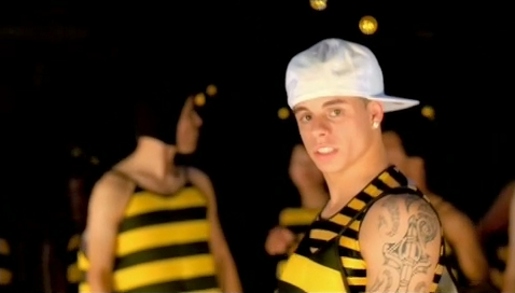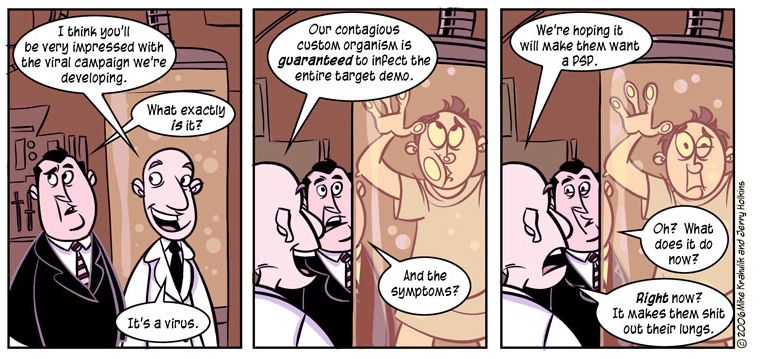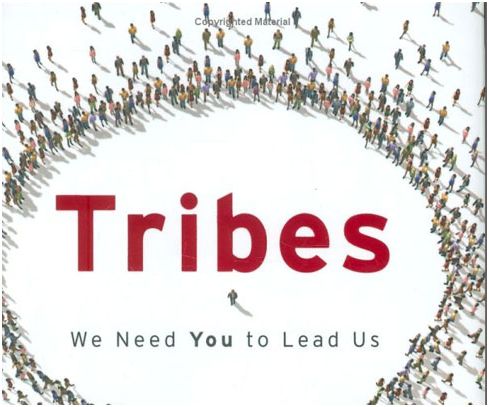“Wisdom” is a word that sounds to anyone ears, more closely related to the Dalai Lama than to hockey fans or Barbie customers. However, I must admit that the marketing team of the Montreal Canadiens hockey team has found an interesting way to take advantage of the wisdom of its own hockey fans by effectively applying the concept of the “wisdom of crowds” while the Barbie marketing team should learned from their now well-known experience.

The Wisdom of Crowds Concept
So what is the concept of “wisdom of crowds”? Popularized in the best-selling book entitled “The Wisdom of Crowds” by the journalist James Surowiecki, who is a staff writer for The New Yorker, the concept of wisdom of crowds stipulates that the aggregation of information from a group or a crowd, resulted in decisions that are often better than the ones that could have been made by any single member (expert) of the group. For those who know me well from either my e-marketing class lectures or guest speaker’s presentations noticed that the wisdom of crowds is a concept that I especially like. However, this concept should be applied cautiously, since it can be as powerful as it can be harmful.
For the “wisdom of crowds” concept to be applied effectively, one marketing expert should take in consideration at least the following five criteria:
1. There is a need to have enough individuals that are targeted;
2. Individuals need to have at least a moderate level of expertise towards the product;
3. Individuals need to be the real target of the product, or the ones buying it;
4. The contribution needs to come from as much different people as possible;
5. There is a need for incentives to participate.
The Bad Application – The Barbie Case
One of the weirdest results I know related to the concept of the wisdom of crowds is the “I can be” Barbie contest. The objective of the contest was to choose a new career for the well-know Barbie. To find the new career, the Barbie marketing team launched a four-week online contest from January 11th 2010 to February 10th 2010. The contest was flooded by high-tech women (see the Wall Street Journal article on the topic) who turned the contest into a claim that the new Barbie should be a computer engineer, which was the profession that actually ranked first. Seeing the beautiful results, the Barbie marketing team decided to create two new “Barbie”, the second position being news anchor, they at least save their face with that one, but to me it was an actual failure of a bad application of the “wisdom of crowds” concept, since the criterion 3 and 4 were not respected.
The Great Application – The Montreal Canadiens Case
On the other side, after sending flowers to the Ottawa Senators loyalty team in my post entitled “A Brilliant Use of Automated Emails as an Online Marketing Strategy Made Me Buy a Hockey Shirt”, I must say “bravo” to the Montreal Canadiens marketing team directed by Vice-president Ray Lalonde for their new “Molson Export three stars of the game” selectors which are now “the fans” (See the story) . Thus, for each Montreal Canadiens hockey game, fans can start to vote 90 minutes after the beginning of the game for “Molson Export three stars to the game” by either visiting canadiens.com/3stars, or by downloading the Canadiens smartphone application for BlackBerry, Android and for iPhone. For me, that’s a great application of the wisdom of crowds concept since fans: (1) feel more involved with the product/brand (which is the Montreal Canadiens, (2) want to show to anyone their new smartphone application, (3) buy more merchandise, since Montreal is surely a city that lives and dies with its hockey team, but this does not resulted in hockey jerseys sales if I compare to past hockey games I saw when I went to Philadelphia to see the Flyers or to Long Island to see the Islanders. A single drawback of this “wisdom of crowds” application may only be the bias of fans toward their own players, but after seeing the results for the first game, it seems already like a success.
Conclusion
The “wisdom of Crowds” is a concept that can have an enormous potential in marketing. However, applying it to the right situation, the right media and the right people can have an important between a success or a failure. Have a nice hockey season… Any other case related to the concept of the “wisdom of crowds”?
Jean-Francois




